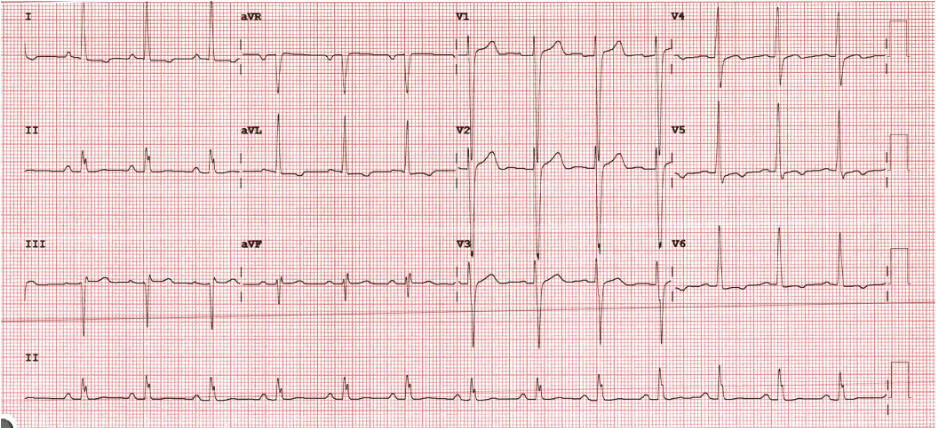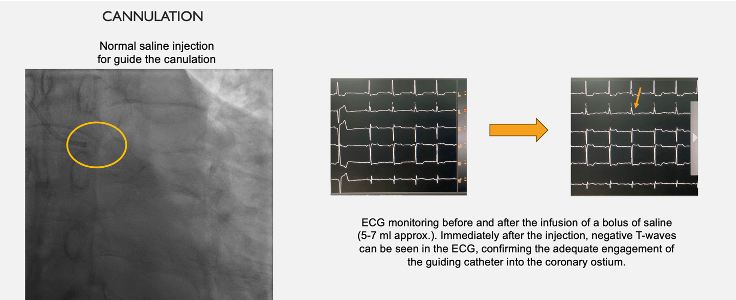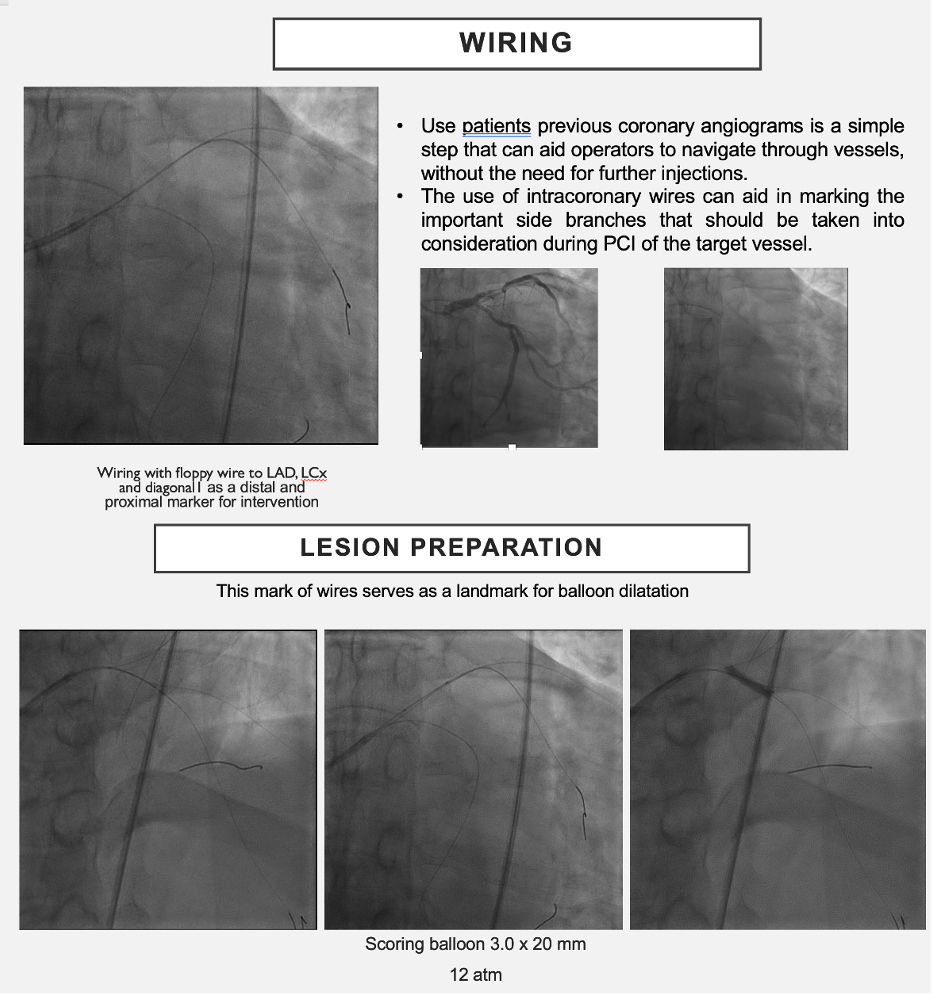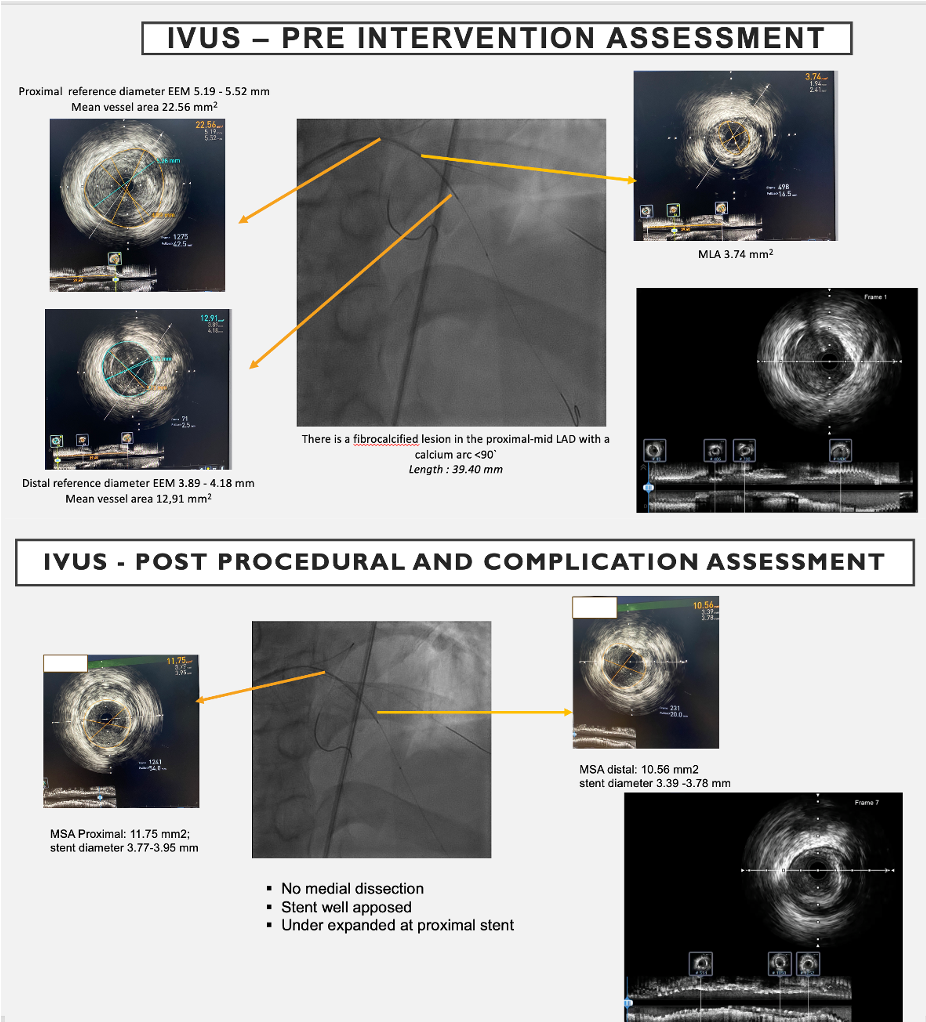Lots of interesting abstracts and cases were submitted for TCTAP 2024. Below are the accepted ones after a thorough review by our official reviewers. Don’t miss the opportunity to expand your knowledge and interact with authors as well as virtual participants by sharing your opinion in the comment section!
TCTAP C-155
Ultra Low Contrast Percutaneous Coronary Intervention in Patient of Acute Coronary Syndrome With Renal Failure
By Citra Dewi Wahyu Fitria, Doni Firman, Amir Aziz Alkatiri, Arwin Saleh Mangkuanom, Nanda Iryuza
Presenter
Citra Dewi Wahyu Fitria
Authors
Citra Dewi Wahyu Fitria1, Doni Firman1, Amir Aziz Alkatiri1, Arwin Saleh Mangkuanom1, Nanda Iryuza1
Affiliation
National Cardiovascular Center Harapan Kita, Indonesia1,
View Study Report
TCTAP C-155
Coronary - High-Risk Intervention (Diabetes, Heart Failure, Renal Failure, Shock, etc)
Ultra Low Contrast Percutaneous Coronary Intervention in Patient of Acute Coronary Syndrome With Renal Failure
Citra Dewi Wahyu Fitria1, Doni Firman1, Amir Aziz Alkatiri1, Arwin Saleh Mangkuanom1, Nanda Iryuza1
National Cardiovascular Center Harapan Kita, Indonesia1,
Clinical Information
Patient initials or Identifier Number
Relevant Clinical History and Physical Exam
A 49-year-old male, presented to the Emergency Room (ER) with chest pain that had persisted for eight hours prior to admission. He was diagnosed with unstable angina pectoris. His vital signs upon arrival at the ER were a blood pressure of 148/92 mmHg and a heart rate of 98 bpm. There were no rales and his peripheral perfusions were normal. Electrocardiography result showed normal sinus rhythm, with ST depression in I, aVL, V5-V6.


Relevant Test Results Prior to Catheterization
Electrocardiography result showed normal sinus rhythm, with ST depression in I, aVL, V5-V6. Echocardiography result showed reduce LV systolic function, LV ejection fraction 44% (Simpson's), akinetic at mid basal inferoseptal, mid basal inferior, hypokinetic at inferolateral, other segments normokinetic. Eccentric LVH with LV diastolic dysfunction grade I. Good cardiac valves. Good RV contractility. Relevant laboratory included hemoglobin level of 12.5 g/dL, creatinine level of 3.43 mg/dL, eGFR 21 mL/min/1.73m2.
Relevant Catheterization Findings
Normal saline injection for guide the canulation RCA and LCA. ECG monitoring before and after the infusion of a bolus of saline (5-7 ml approximately). The use of 8 mL of saline to push 2 mL of contrast on vertical syringe position to visualized coronary artery. The angiography result showed LM was normal, subtotal stenosis at proximal LAD, stenosis 70% at proximal OM2 and CTO RCA. PCI was planned to the LAD with an IVUS-guided minimal contrast approach.




Interventional Management
Procedural Step
Use patients previous coronary angiograms is a simple step that can aid operators to navigate through vessels, without the need for further injections. The use of intracoronary wires can aid in marking the important side branches that should be taken into consideration during PCI of the target vessel. Wiring with floppy wire to LAD, LCx and Diagonal 1 as a distal and proximal marker for intervention. This mark of wires serves as a landmark for balloon dilatation. Then, predilated with scoring balloon 3.0 x 20 mm. IVUS showed diffuse lesion with fibrocalcified at proximal LAD, MLA of 3.74 mm2. Lesion preparation was done with scoring balloon 3.0 x 20 mm, stented with DES 3.5 x 38 mm. IVUS showed no medial dissection, stent well apposed and under expanded at proximal stent. Postdilated with NC balloon 4.0 x 10 mm. The procedure was completed without complications. A total of 10 ml of contrast. He was well at discharge without symptoms.






Case Summary
Chronic kidney disease (CKD) has been identified as a scenario for reduced contrast administration during PCI. Ultra low contrast PCI approach may be helpful. Combination of the IVUS and the understanding of anatomical mapping based on previous angiography and intracoronary wires as a landmarks allow a safer ultra low contrast PCI. IVUS guided PCI can guide to achieve a good outcome in ultra low contrast PCI. IVUS can assess morphology, guide vessel preparation and choose landing zone for stent implantation.

